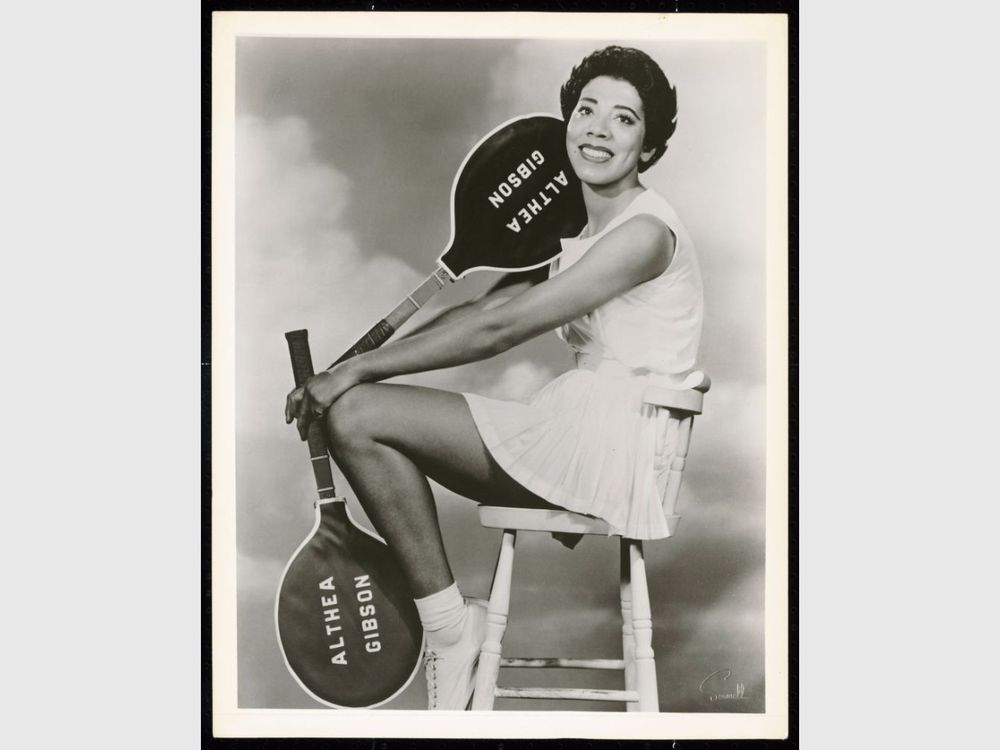Rising Above Bias to Become the First African American Grand Slam Champion
Althea Gibson shattered barriers in tennis and beyond by becoming the first Black athlete to win major titles and blaze a path in professional golf and public service.

Born into a sharecropping family in South Carolina, Althea Gibson (1927–2003) spent most of her formative years in Harlem, where she was first introduced to the game of tennis as a teenager. A “country club” sport, amateur tennis was expensive and required strict adherence to the dictates of its elite, genteel culture. Gibson had to learn the strokes of the game as well as how to fit into the exclusive environment. Defying racist stereotypes, she proved that African Americans could comport themselves—and excel—in the most exclusive, elite spaces in society.
At age twenty, Gibson won the first of ten straight titles at the national tournament of the American Tennis Association, the first African American sports association founded under segregation. At the time, major tennis tournaments were held in whites-only private clubs. Tennis was not among the most popular sports in black America, but Gibson received tremendous support from African Americans as they rallied round her ascent in tennis. Supporters lobbied on Gibson’s behalf, and in 1950, she broke the race barrier in the U.S. National Championships.
/https://tf-cmsv2-smithsonianmag-media.s3.amazonaws.com/filer_public/9b/18/9b1810f4-d5c4-42d1-bf9e-13e240c6bd67/nmaahc-2014_205_2_1_001.jpg)
Despite her success in the early 1950s, Gibson wasn’t selected to represent the United States in the Wightman Cup tournament until 1957, by which time she had already won two of her five grand slam titles: the 1956 French Nationals championship and the 1957 Wimbledon title. Founded in 1923, the Wightman, an annual women’s team tennis competition between the United States and Great Britain, was the most prestigious women’s team tennis event in the world. Gibson’s race and class background made her a groundbreaking choice for the team.
After her tremendous run of accomplishment in amateur tennis, Gibson, who earned a bachelor’s degree from Florida A&M University in 1953, continued breaking barriers. In 1963, she became the first African American woman to compete in the Ladies Professional Golf Association tour. More than a decade later, she was named New Jersey’s commissioner of athletics, becoming the first woman to head a state’s athletic commission.
An earlier version of this article was originally published in Smithsonian American Women: Remarkable Objects and Stories of Strength, Ingenuity, and Vision from the National Collection.
